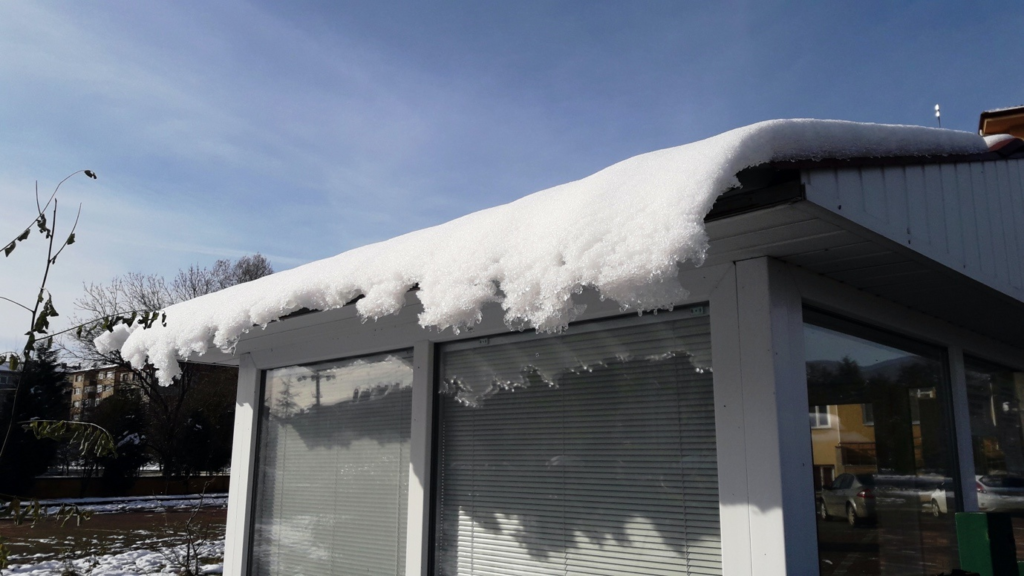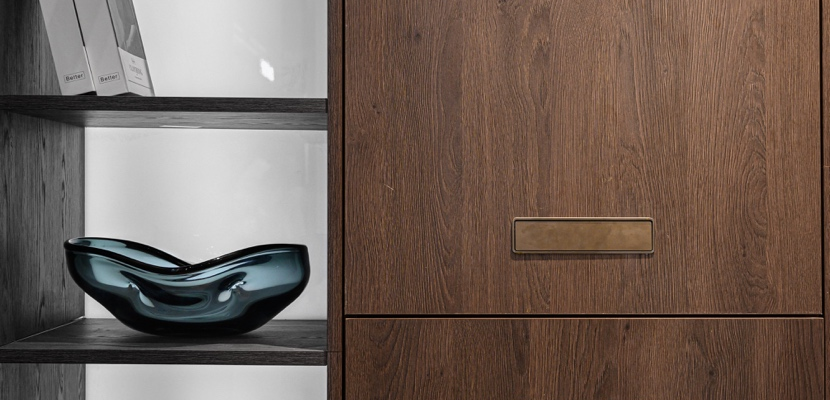Different Types of Load in Structural Engineering
A force, distortion, or displacement applied to a structural part or component is referred to as a structural load. Structural analysis examines the effects of this force or load on buildings and structural elements. The excess load can result in structural failure, thus it’s important to account for it when designing a structure.
Different forms of structural loads can induce structural stress and deformation, resulting in structural issues or even structure failure. In this article, we’ll look at some of the different types of loads used in structural engineering.
Live Load
Live load is a phrase used in civil engineering to describe a force that can change. When individuals walk around in a house or a building, the weight of the burden is changeable or shifts positions. Because it can be moved around, everything within a structure that isn’t attached to the foundation can be considered a live load. The gravitational force of a building is calculated with live loads in mind.
Dead Load
The weight of the roof, walls, beams, and other structural components of a building make up the dead load, also known as permanent/static loads. These loads remain constant throughout, since these components are permanently affixed. Fixed non-structural dividers, immovable fixtures, and built-in cupboards can also all be considered dead loads.
Snow Load
Snow load is the weight that the build-up of snow can impose, and it’s a bigger concern worry in areas where snowfall is heavy and regular. Snow might accumulate in large amounts on rooftops, putting significant stress on the particular building. The design of the roof has a significant impact on the amount of snow that falls on it.

Wind Load
Air movement results in wind loads, and analyzing wind loads relies on understanding meteorology, aerodynamics, and construction. This is not a major concern for shorter structures, but it’s important for taller buildings and those which are made out of lighter materials.
Special Loads
Thermal Loads
These loads are created when materials contract or expand in response to temperature changes, which can cause large loads on a building.
Settlement Load
This form of load happens when one portion of a structure settles better than the others.
Flood Load
This is caused by flooding and water infiltration into the foundation, causing corrosion.
Soil/Fluid Load
This is caused by the excess flow of groundwater, affecting the density of the soil.
If you’re lookingfor an eco-friendlystructural engineering management service, get in touch with Larsen Engineers today. We have extensive experience and expertise in site development for commercial, residential, and parks &recreational facilities. We also offer other services like environmental engineering, site design and development, water and wastewater engineering, and more.

